You may remember in the first installment of this series that I discussed harmful algal blooms (HABs (or really cyanoHABs)) and their increasing occurrence. Because they are occurring more frequently, its more important than ever to understand the affects of the toxins they produce.
I study a specific type of cyanotoxin produced in these blooms called microcystin.
About Microcystins
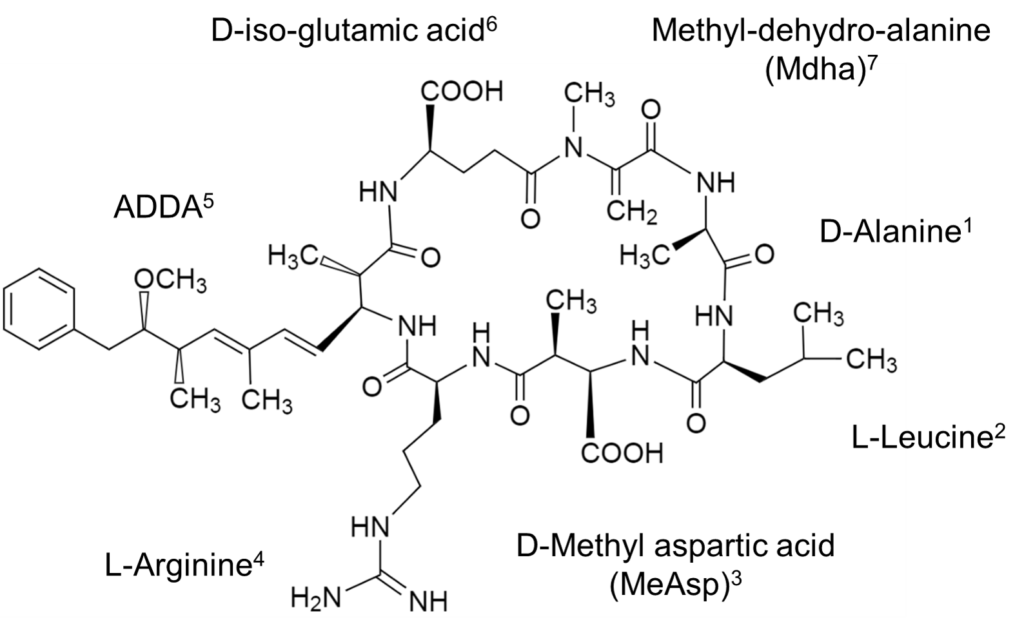
Microcystins are hepatotoxins (or liver toxins) and are among the most common toxins found in freshwater cyanobacterial blooms. (I have to clarify freshwater because marine algal blooms are normally caused by algae and they often produce neurotoxins.) There are over 100(!!) variants of microcystin (1). The variant that I study, and the variant that is the most toxic, is called microcystin-LR (MC-LR). The LR in the name stands for leucine and arginine which are amino acids that are present on MC-LR but not other microcystins. Other microcystins have different amino acids in their place that changes how toxic the molecule is.
Microcystins can be produced by lots of different kinds of cyanobacteria including Microcystis species, Anabaena species, and Plankthotrix species. In particular for my research, I focus on a species of cyanobacteria called Microcystis aeruginosa which is one of the most frequently found in freshwater blooms (2). Blooms of Microcystis often look like thick green paint on the top of the water. The release of cyanotoxins into water normally occurs when cyanobacterial cells die and rupture because the cyanobacteria do not have a way to actively transport the toxins out of the cell (at least that we know of). Microcystins are not quickly degraded and can remain in the water, as well as on the shores of lakes, for months posing threats to humans, pets, and wildlife.
Microcystin-LR Toxicity
As I mentioned, microcystins are liver toxins. Of all the microcystins, MC-LR is the most toxic.
The way that MC-LR causes toxicity is primarily by stopping an important enzyme in the liver (called protein phosphatase) from functioning. Enzymes are specialized proteins in the body that help facilitate other biochemical reactions in the cell (3). Protein phosphatases are enzymes that remove a chemical group called a phosphate from other proteins. This doesn’t sound like much, but this one action is highly important for the functioning of the cell. MC-LR can bind to these phosphatases which stops them from being able to do their job. This results in death of liver cells through a process called apoptosis!
If someone is exposed to MC-LR for short amounts of time (acute exposure) they may experience stomach pain, headache, nausea, and vomiting (4). However long term exposure (chronic exposure) can lead to hepatic bleeding, liver failure, and may even cause cancer (5, 6).
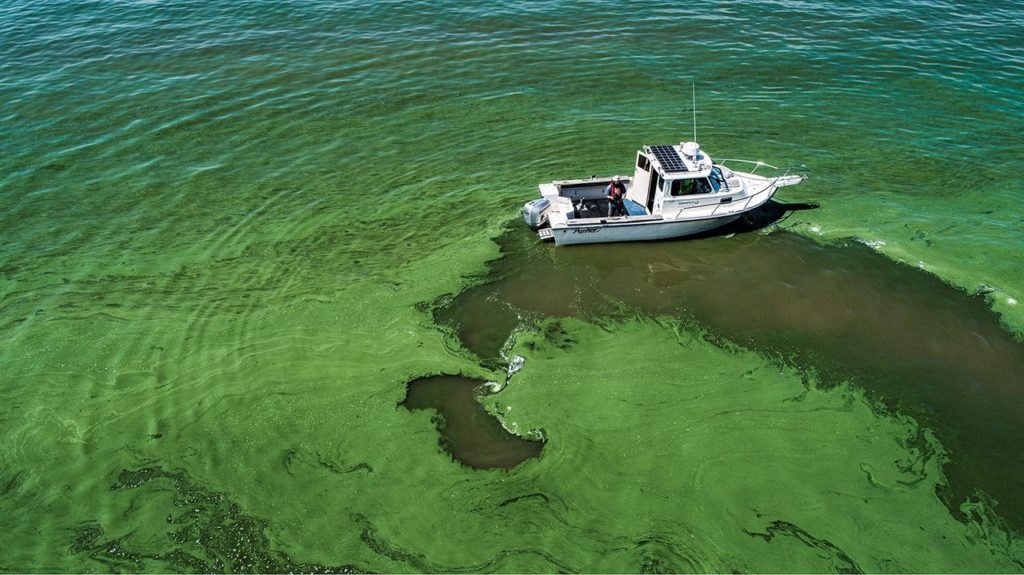
Microcystin exposure normally occurs from ingesting contaminated water. This often happens while participating in recreational water activities like swimming and boating, but can also occur when drinking water is not treated effectively. For example, in both 2011 and 2014, the city of Toledo, Ohio, had to shut down their public water supply due to the presence of microcystin. This happened as a result of large cyanobacterial bloom on Lake Erie which feeds the towns water supply (7).
There have been some reports out of Florida suggesting that microcystins may be able to become airborne and effect people this way. A study out of FGCU used air sampling devices to test for microcystins at different distances from a lake exhibiting a bloom. They found that microcystins could be detected as far as one mile from the source (8)! However, more research is needed to understand what health effects could arise from airborne microcystins.
Microcystins are toxic to all mammals, not just humans. There have been many reports of cows and other livestock that become ill or die after drinking from ponds containing an algal bloom. Pets, like dogs, are very susceptible to MC-LR poisoning because when they swim they gulp water. Unfortunately, there is no antidote for the toxins (9, 10). Fish and other aquatic organisms seem less susceptible to microcystin toxicity. This may be because they have adapted to protect themselves from cyano- and algal-toxins in their environment or because the toxin does not affect them biologically in the same ways as humans. However, there is still so much that is not understood about microcystins affects on wildlife.
The best way to prevent MC-LR poisoning is humans and in pets are to avoid water with suspected blooms. While not all blooms are toxic, it is better to be safe than sorry. If you suspect you or someone you know has been exposed, emergency medical help should be sought right away to prevent liver damage.
Where do they occur?
HABs and cyanoHABs occur in almost every state in the U.S. and around the world. The United States Geological Survey (USGS) reports that cyanobacterial blooms have been implicated in human and animal illness in at least 43 states and that in 2016 there were 19 states that issued public health advisories (11).
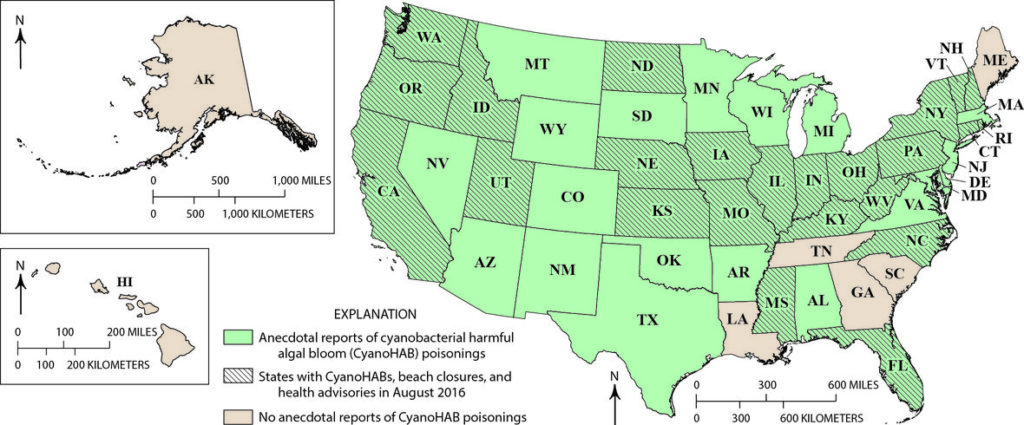
The problem is that the EPA does not federally regulate MC-LR or any other cyanotoxins in drinking water. The EPA currently only issues what are called health advisories for safe exposure levels for microcystins (12). They have however had cyanotoxins on their Critical Contaminant List (CCL) for multiple years now with the potential for future regulation. Until then, each state is responsible for it’s own regulations and monitoring programs (13).
Although it’s frustrating that there are not better regulations and monitoring programs for cyanotoxins, it underscores the need for efficient ways to treat these toxins to prevent human exposure. This is where my research is focused.
Stay tuned for more of the dissertation miniseries to get a glimpse at what I am researching in my PhD!
If you’re interested in learning more, check out these websites and scientific articles linked below!
- Cyanotoxins and organisms – Buratti, et al. (2017)
- Prokaryotic toxins review – Valerio, Chaves, and Tenreiro (2010)
- The Fate of Microcystins in the Environment – Schmidt, Wilhelm, and Boyer (2014)
- Algae related dog deaths – Texas A&M Today
- EPA Health Advisories – Epa.gov

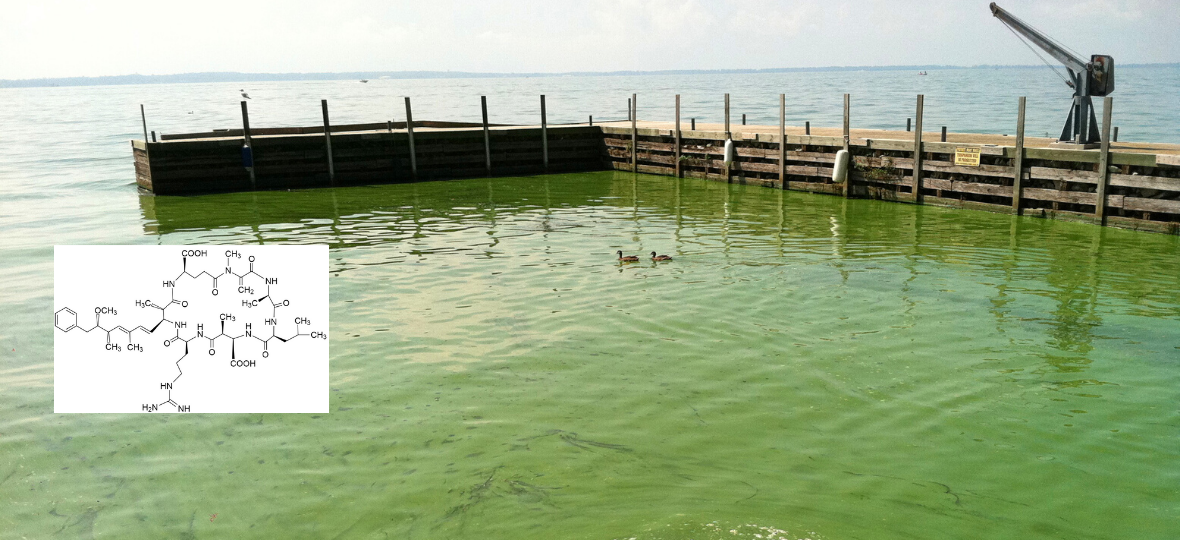
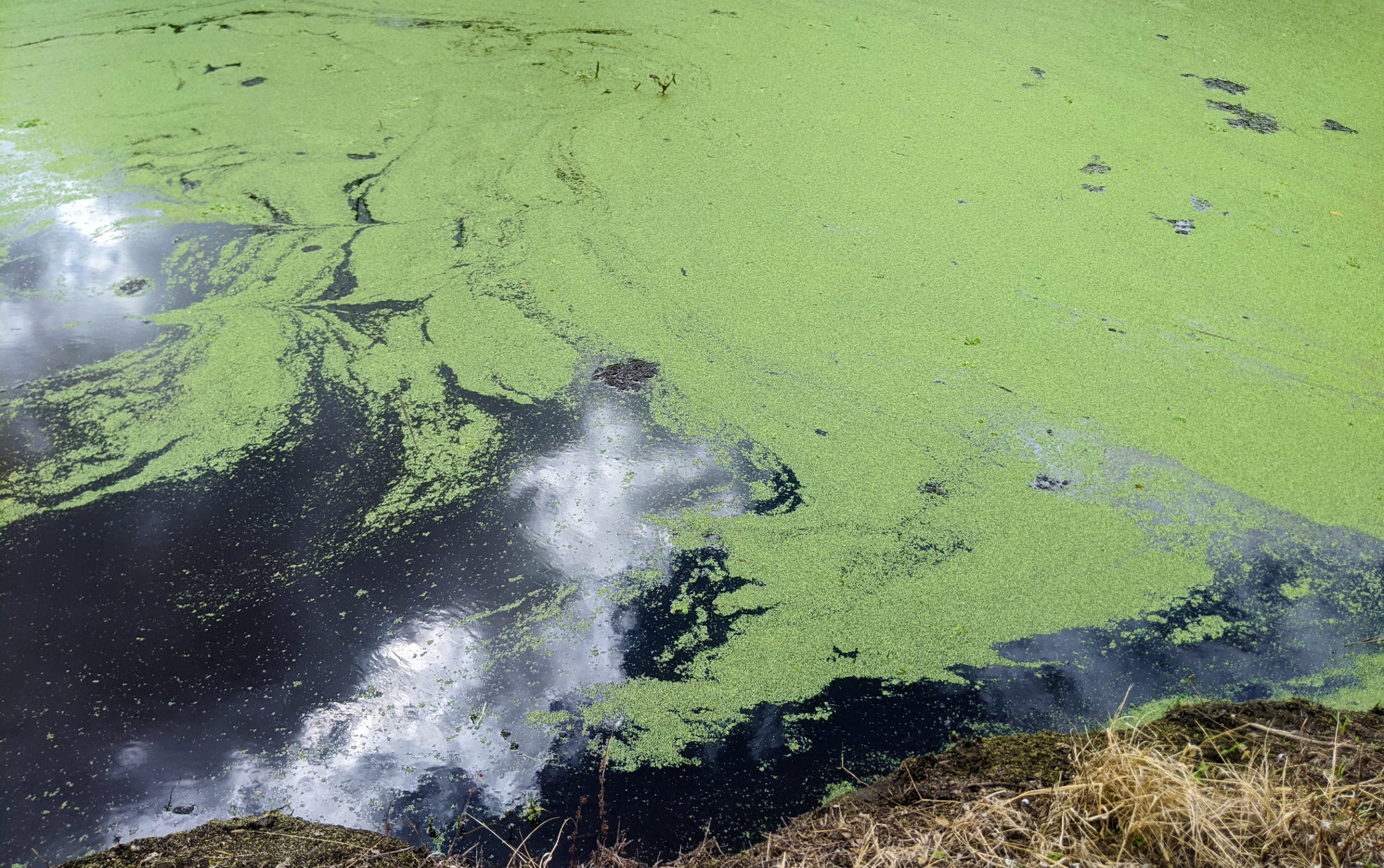
2 COMMENTS
Hien Vo
3 years agoCould you talk more about different ways in which microcystin can be destroyed? For example, at which temperature does it break down? Are there other ways to solve the problem chemically, instead of an electron beam?
Kadie
4 years agoI will be honest a lot of this was over my head or a little beyond my comprehension without looking some of it up but I do find it interesting because we have a lot of this happening here in the Maritimes in Canada and lots of dogs (and I assume maybe wild animals as well) poisoned because so many people don’t know how harmful they can be. It’s a little concerning that the EPA does not federally regulate MC-LR or any other cyanotoxins in drinking water and I have no idea about any or our provinces here but that sounds like it could be an issue.